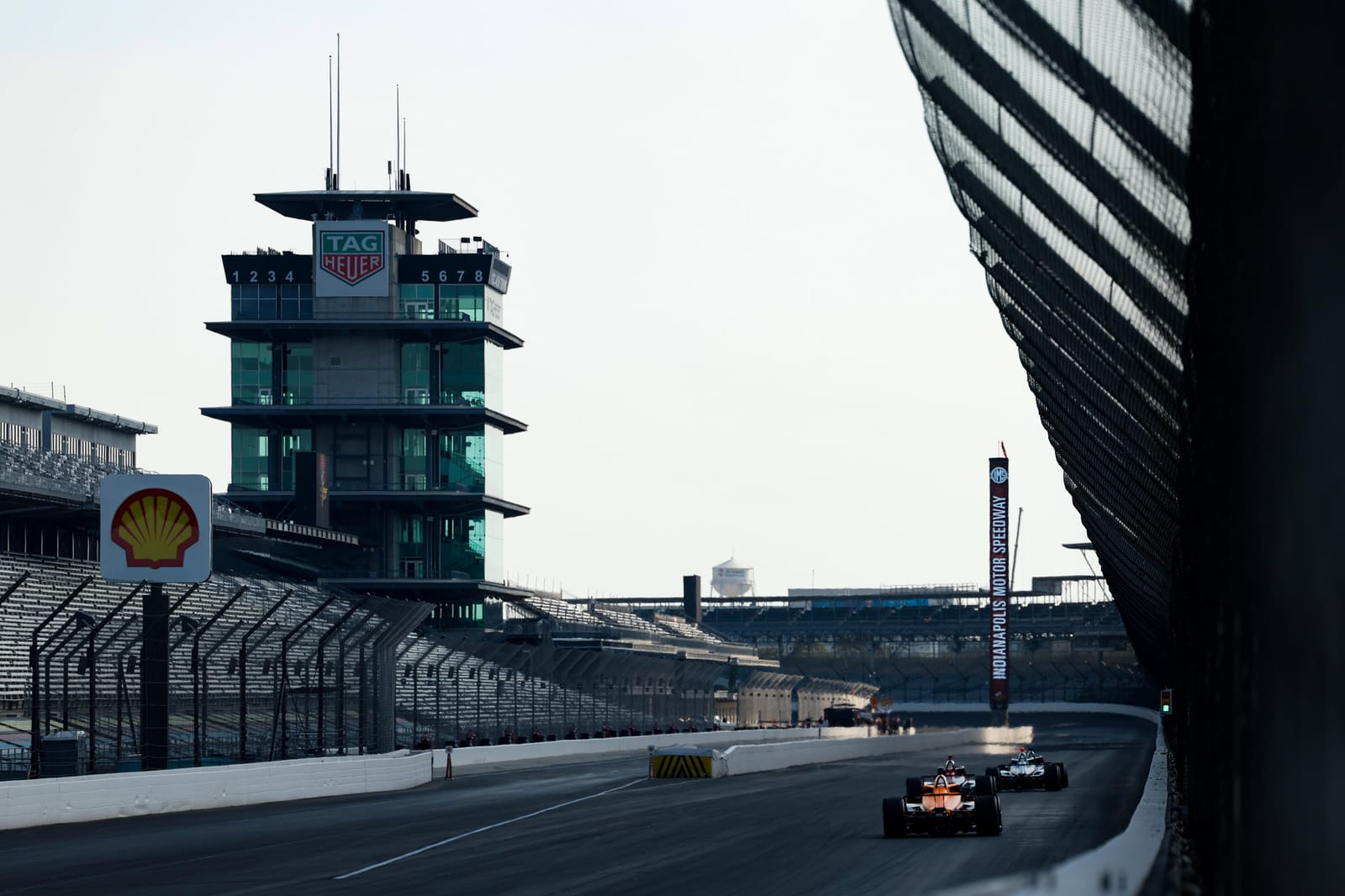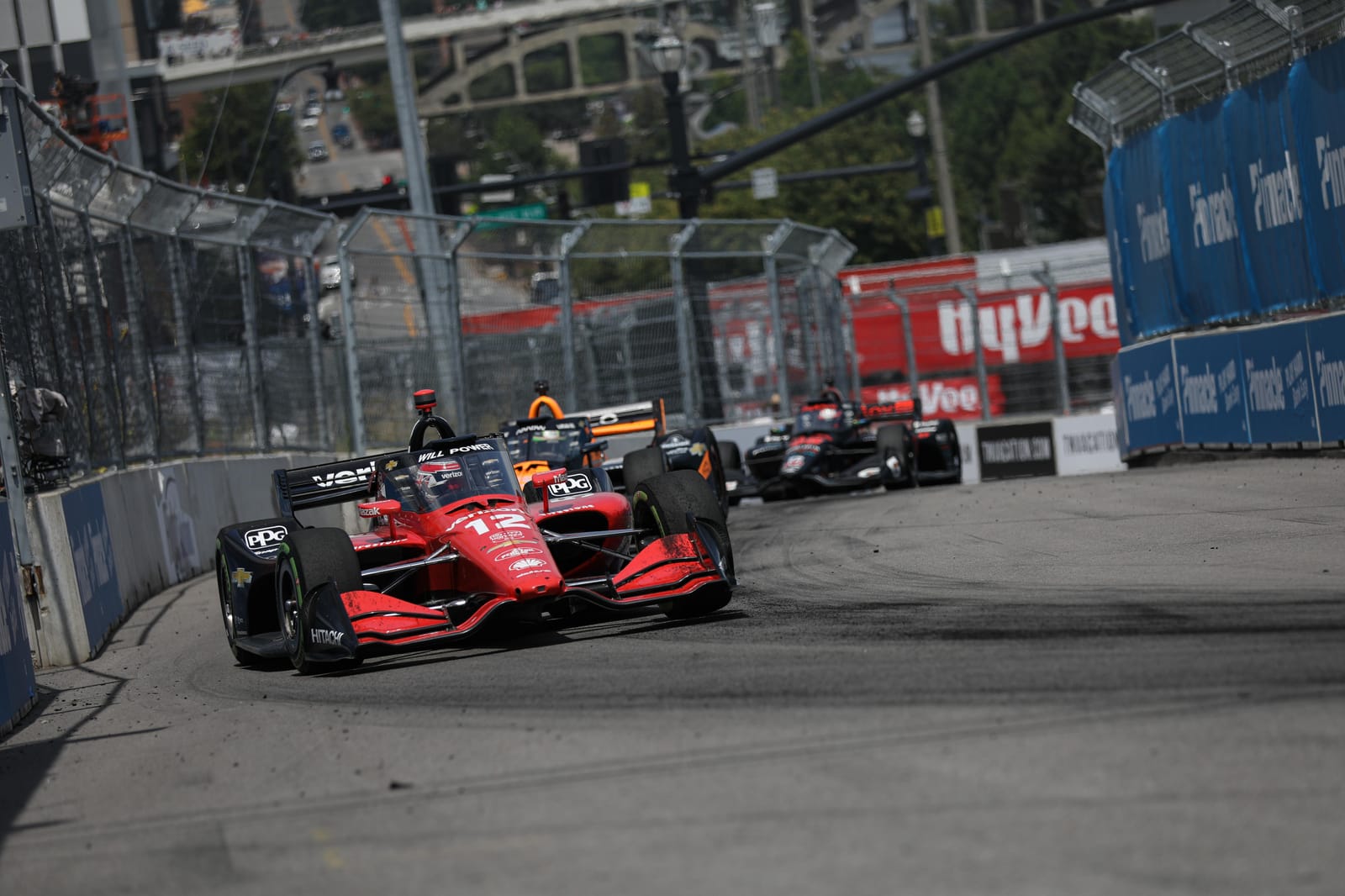In the lead-up to IndyCar’s St Petersburg season opener, more has emerged about the series’ plans for both the rest of the 2020s and the 2024 campaign.
We’ve learned more about new parts for this year’s car, some rule tweaks, and - from series president Mark Miles - more on the series’ future, fan reaction to recent disappointments, the introduction of hybrid power, a possible new car for 2027, a team charter system and even more on its TV opportunities for 2026 and beyond.
Ahead of St Petersburg this weekend, we’ve broken down what we’ve learned about the series ahead of 2024 and in a wider context.
What have we learned about IndyCar’s future?
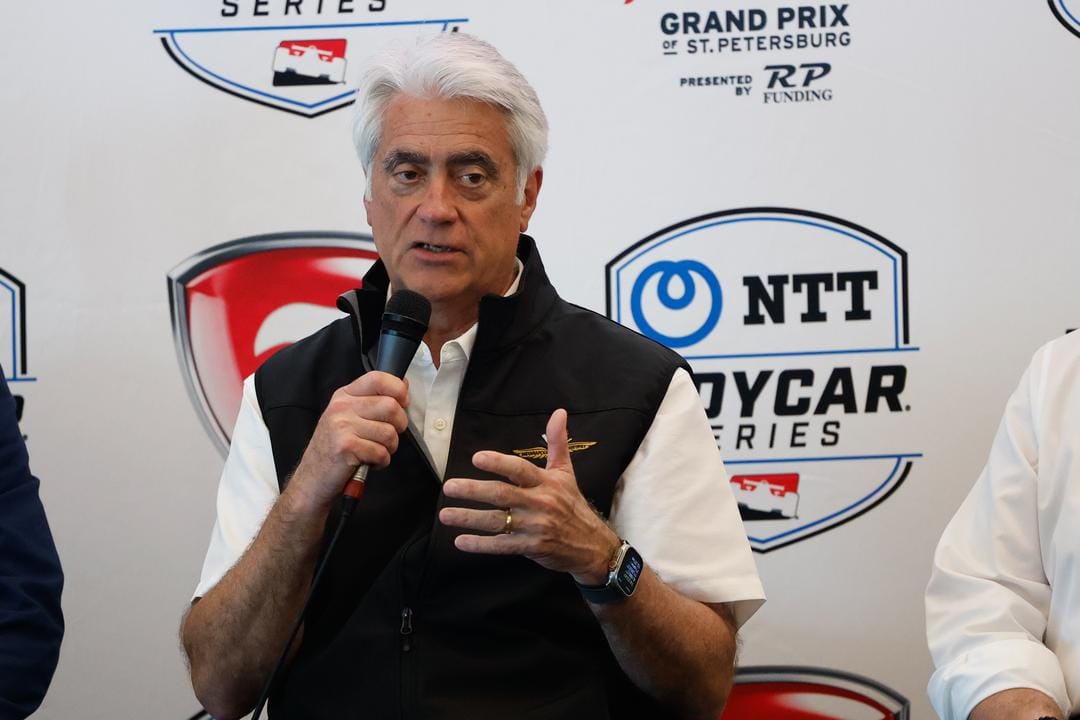
Speaking to a group of select media including The Race with the aim of providing an overview of recent developments, Penske Entertainment president Miles was full of enthusiasm.
He delivered a rousing briefing citing a 24% increase in race attendance, merchandise sales up 89% since 2021 and 4% growth in sponsorship revenue as he outlined some key items impacting the series in the recent past and the future.
We’ve picked out some of the big-ticket items he either brought up alone or was asked about by the media.
On fan backlash this off-season
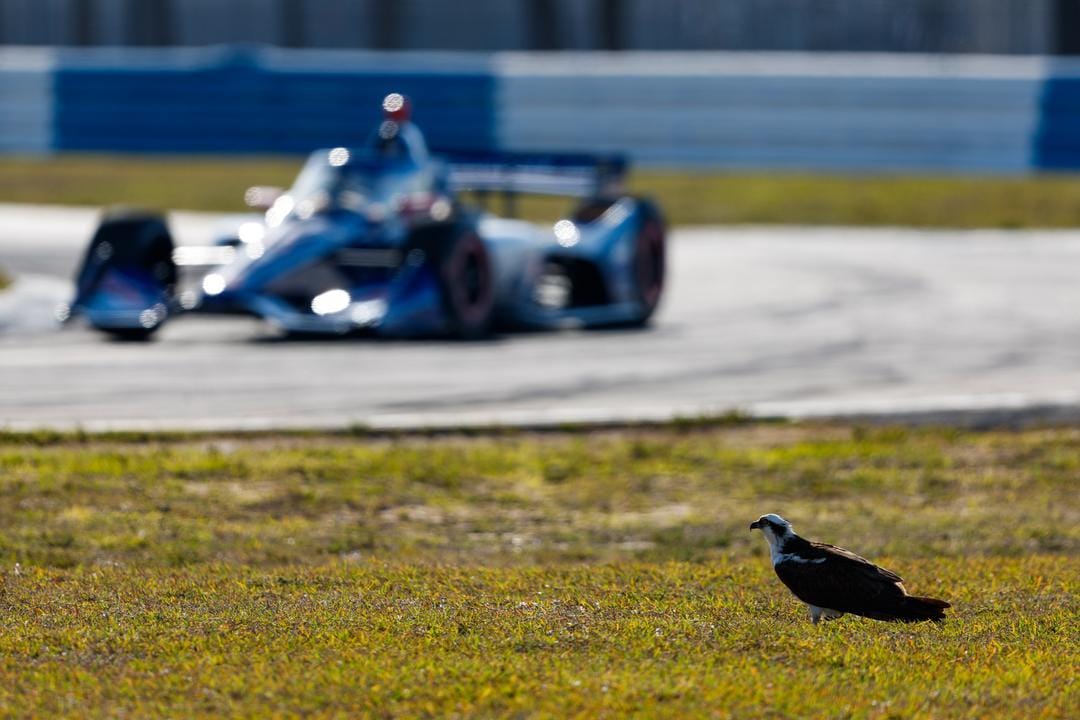
Miles was asked to give his thoughts on fans being upset about the delay to the hybrid engine formula - which appeared to be the tip of the iceberg for some who want greater and more rapid change under Roger Penske’s leadership.
"I don't think we're tone deaf,” Miles said.
“So we've had that sense from a number of different corners. I thought by the way, the [February 28] call with the team owners was useful in addressing some of that.
“It's a long off-season and I think when we get back on the track and start racing, that will make a difference. There are other things that we'll be unveiling and those things will make a difference.
"I think we frankly suffer in some respects at comparisons to the two other motorsports series that have billion-dollar annual media revenues.
"And so while I'm serious and Roger will tell you, he's serious that we're looking at ways where we can increase our growth more dramatically, we’re not going to make the same investments that might be made if we had a billion dollars a year in TV revenues.
“So we're in it for the long haul. I understand the perceptions question. We think that that will begin to be less of an issue as we get back on the track and, and fans are reminded of our great racing.”
Hybrid delay could be ‘well-timed’
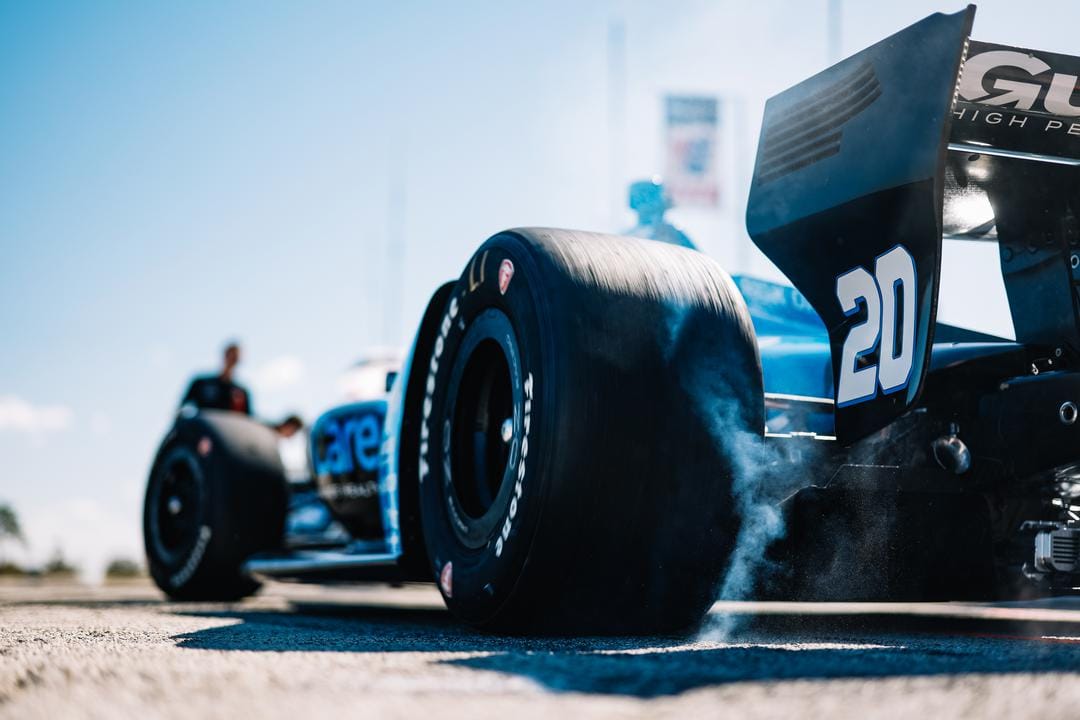
Back on the hybrid system, which was delayed for a third time when it should have been introduced for 2024, Miles says “I don't know of any situation that would cause us not to be in position to introduce the hybrid this summer”.
With plenty of speculation it could be delayed to 2025, this is a crucial news update.
Miles added that a team testing the system recently had said that it was ready to go now. It has done 21,108 miles, but supply issues and making sure it is ready and reliable for a whole grid has been as much the problem as just testing miles. Plus the fact that four teams have done the lion’s share of the testing, putting smaller teams at an enormous disadvantage.
Miles called the delay a “speed bump” and added that the timing of the hybrid introduction might be fortuitous given the automotive market.
“Everybody thinks that the automotive world is going fully electric but it looks to us like the immersion of fully electric technology among the consumers is slowed down appreciably,” Miles said.
“And the bridge strategy at least is hybrids. When we do get the hybrid on the track, it's kind of ended up having been from a consumer perspective, well timed, if later than we had in mind.”
A new car
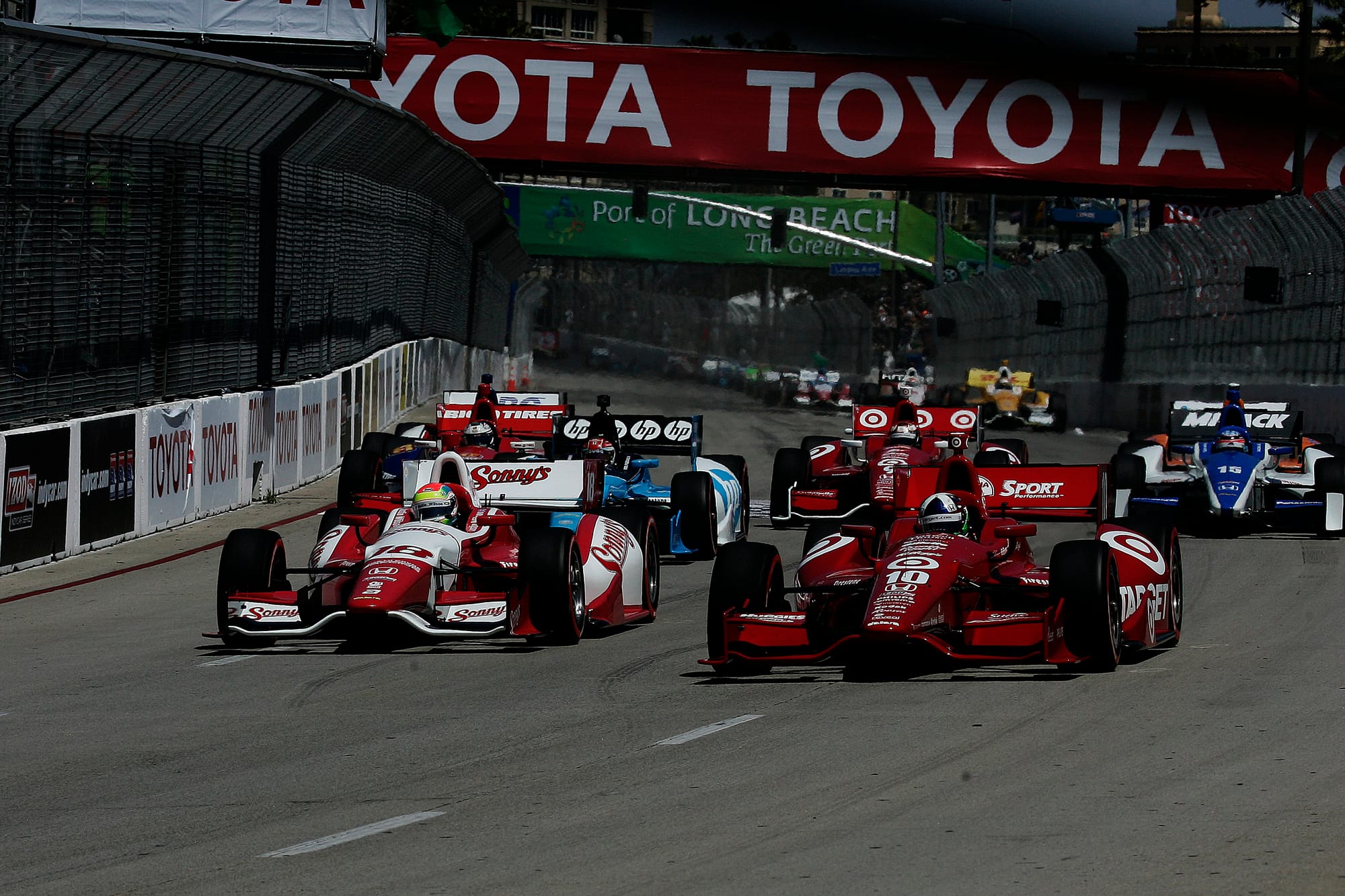
The current IndyCar chassis has been in use since 2012, and while that has helped to produce the close racing the series is known for, it also means a long period of stagnation which isn’t always popular with fans.
A new chassis and engine formula often need to be in the pipeline years in advance too, so combined with the hybrid delay, this was one of the complaints fans had about the series: that there was little in the way of forward planning being shared.
Miles has news for those fans as he says the plan is to introduce a new engine and chassis for 2027, although he said it wasn’t a “deadline” to do so.
“We've been hard at work with our partners with Honda, with Chevy, with Ilmor, with Dallara, and with other major international tier-one suppliers to think about what's possible," said Miles. "A lot of work has been done.”
He said the main goals are to attract a third manufacturer - something that has hamstrung the series as Chevrolet and Honda have to supply the whole field, to great expense and human resource cost - lowering barrier to entry costs and operating budgets, something Honda called for in a recent interview given to Racer.com where it said it is evaluating its IndyCar future post-2026, and it has now been heavily linked to a NASCAR programme.
Improving safety and making the car “eco-friendly” are some of the other goals Miles says IndyCar wants to achieve with the 2027 chassis. “Before long this year” IndyCar will reveal more.
Charter system latest
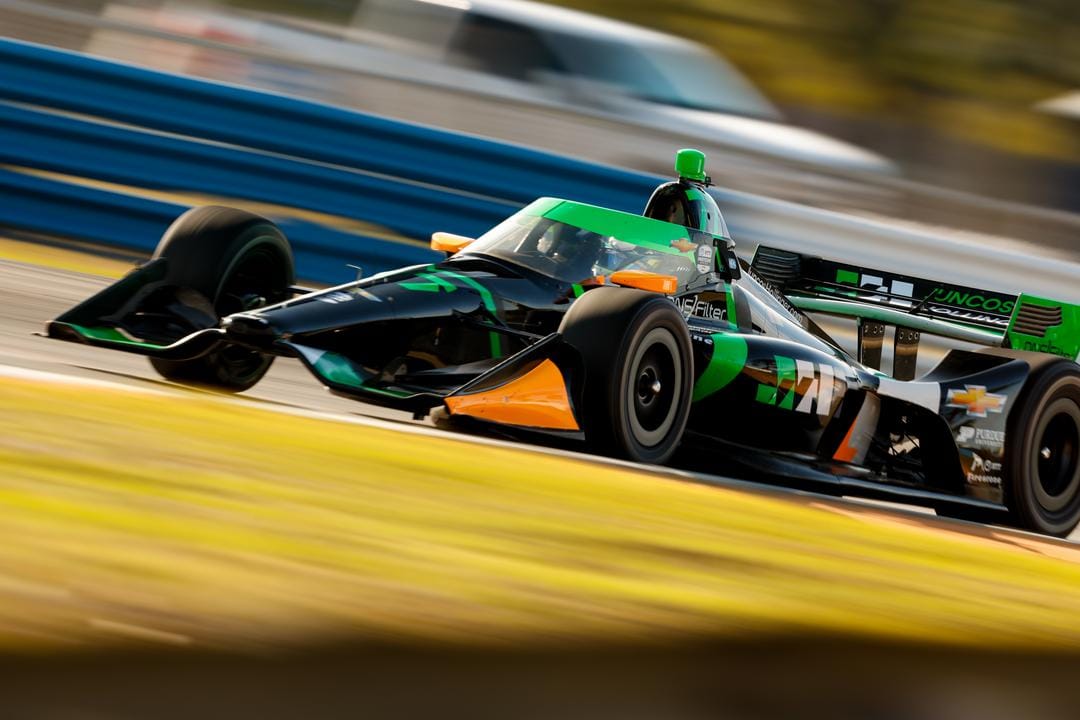
A NASCAR-style charter system - comparable to Formula 1's modern team 'franchise' set-up - has been rumoured in IndyCar since before the split between USAC and CART in the 1990s, and the sticking point is always the same.
Those with a charter want guaranteed entries into the Indianapolis 500, something the fans will not stand for given one of the most exciting elements of the Indy 500 is bump day and trying to make it into the field of 33.
After news leaked out that a charter could include guaranteed Indy 500 places, Miles said fan reaction wasn’t a surprise and that the event and series know its fans.
Miles said that last week, a new type of charter agreement was put forward to teams - after two previously unsuccessful attempts in the last 12 months or so - which did not include guaranteed Indy 500 entries.
“In the proposal we put out yesterday [February 28], we said we want you to think about this without the assurance of charter members having automatic starting positions on the grid for the 500.," added Miles.
"And of course, we immediately heard a lot of other team owners saying, ‘woah, that's really important’. So it's a key discussion point for sure.”
Miles doesn’t have an answer for that yet but is working with a smaller group of team owners to try to thrash out the details. It would likely be based on last year's and this year’s full-time IndyCar entry list.
Given how unsuccessful a proposition charters have been in the past, there doesn’t seem to be any sign of a different result just yet.
“Proactive” on international races
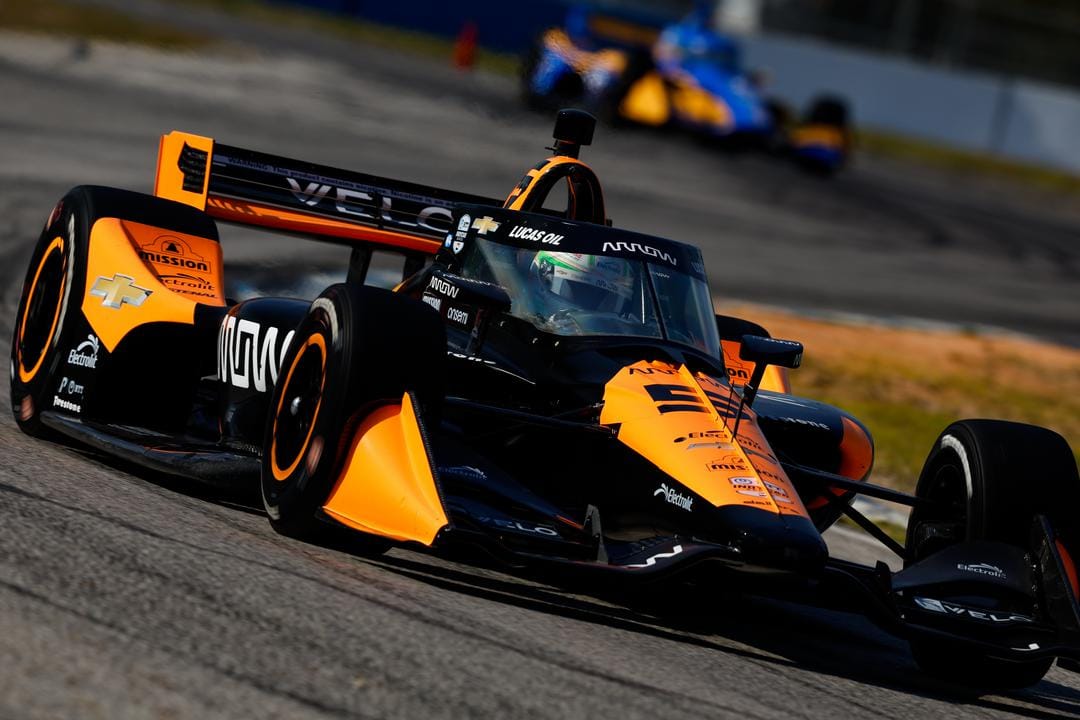
IndyCar racing internationally is always a popular topic with a history including racing from the UK to Australia, and with one of Mexico’s top drivers in Pato O’Ward in the series - something IndyCar is often criticised for not capitalising on given Mexican enthusiasm for motorsport.
An economic crisis in Argentina has put a halt to plans for a non-championship off-season race at Termas de rio Hondo for now.
Miles said IndyCar had been more “reactive than proactive” in terms of waiting for prospective events to come to it rather than the other way around, but the series now “definitely want to look hard at” opportunities outside of the US.
When asked by The Race where IndyCar was considering, Miles said it was more important to meet a sliding scale of criteria. It needs to be a “great event”, attracting new fans and commercial partners, be available after September in IndyCar’s off-season - which rules out some places based on climate - and on a friendly timezone for its North American priority TV viewers.
Still, these comments should be taken as encouraging for IndyCar fans as there was a time in recent years when it wasn’t considering racing outside North America at all. An appetite to be proactive is a positive sign even if it doesn’t lead to an immediate international race.
A new city race?
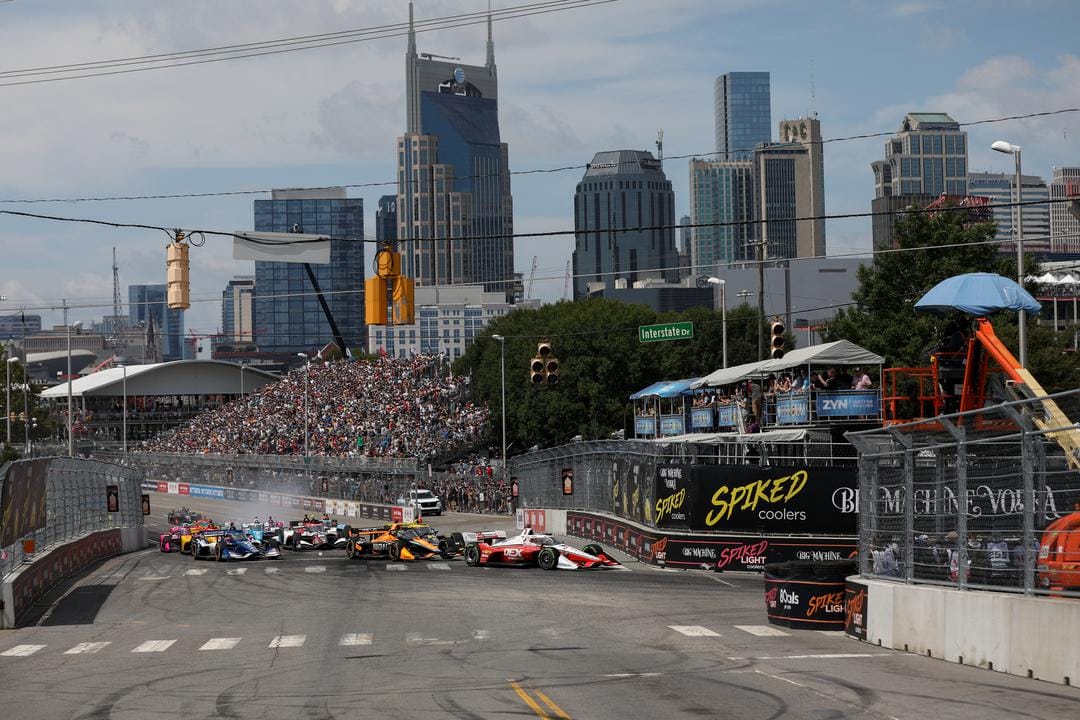
A strategy IndyCar has used well in recent years is either promoting or co-promoting its own events, which has allowed it to have more control over the organisation, planning and the end product of those events. This has been the case at Texas, Detroit, Iowa, the Indy 500 and road course and now Milwaukee.
Miles is hoping the experience employees are gaining could have a secondary benefit, to be able to help host events in other, new areas. When adding new races, finding local organisers and sponsors can be tough but if IndyCar is able to go in and oversee that element of a race, it removes a barrier previously there to racing in new areas of the country.
Rather than waiting for cities to come to it, it can go to the cities and organise the events itself.
“Seven of our 17 events in 2024, our people in Penske Entertainment and Penske Corp effectively are the promoter, and this is going to continue to grow,” said Miles, who has six full-time employees working on this with other shared staff pitching in from other areas of the business like ticket sales at the Indianapolis Motor Speedway or the IMS ground staff working on the appearance and condition of Iowa’s facilities.
Miles added that a new focus of IndyCar is to increase its presence in metro markets - or large cities - especially in the north east, and added that it is in conversation with a metropolitan area where IndyCar would co-promote the race in the future.
Nashville moving from the downtown streets to its superspeedway oval was a blow, so a new street event would be welcome filling in the gap.
There are contradictory noises coming out of the series, because it says it wants to keep its traditional events, but Miles says IndyCar wants to stay at around 17 races plus a non-championship event, so something might have to give there.
The next TV package
IndyCar’s current deal with NBC ends after the 2024 season. IndyCar does not have a clause that prevents it from talking to competitors, so Miles confirmed that the series had visited eight potential partners already including one fully streaming platform and a range of other media and TV companies.
Miles said that if he was making a really safe prediction, there would be news on who IndyCar has picked before the Indy 500 in May and “it could be before that”.
IndyCar has tasked consultants Endeavour to help with the decision. Miles said increasing the reach of the series with the next deal was the main priority.
Indy 500 improvements
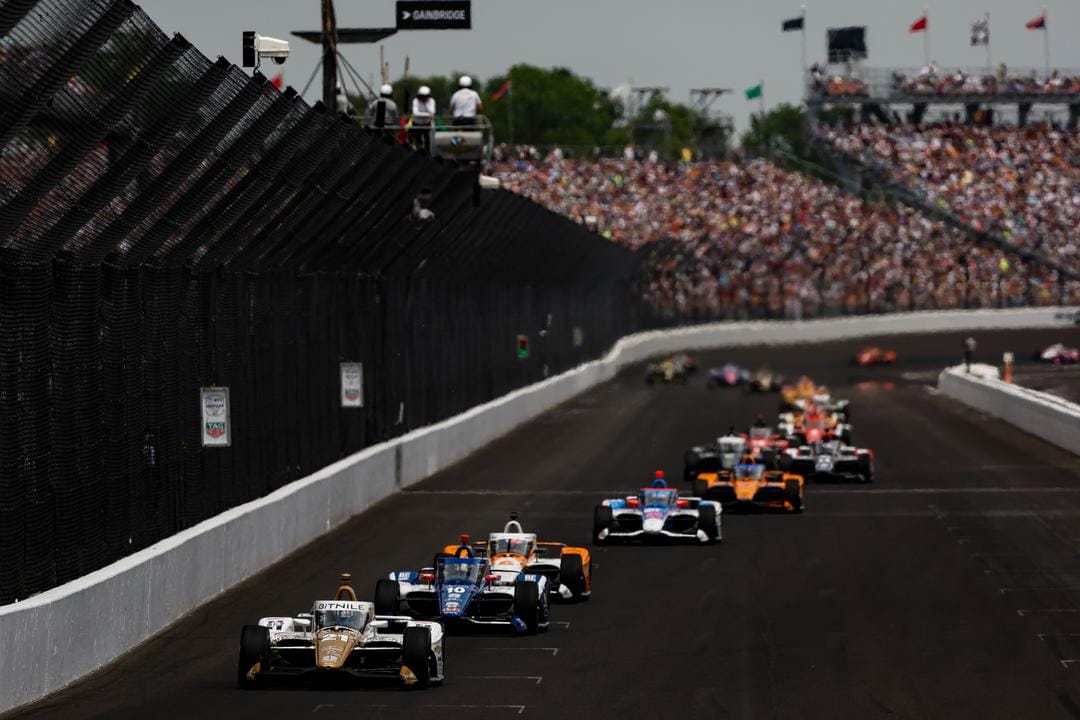
Miles says ticket sales for the world’s highest-attended single-day sporting event are at a similar level to the sell-out event in 2016, the 100th running of the race and the highest attendance in recent memory. The speedway doesn’t expect to keep pace and sell out the event, but does anticipate one of its largest attendances for some time.
In other, related news outside of Miles' briefing, the track itself has undergone millions in investment, perhaps the most important being the extension of the cushioning SAFER barrier at Turn 4 and in other areas of the track. A lot of the SAFER barrier has been replaced by an upgraded model. 1000 feet of catch-fencing has been added at the inside of Turn 3, too.
In other areas, a new videoscreen has been added for fans watching the road course races at Turn 1. A new screen has been added outside the Turn 4 grandstand too, to give fans sheltering from the sun a chance to keep in touch with races.
New roofing has also been added to the garages.
What has IndyCar said ahead of St Pete?
Although a lot of this information tends to leak out over the long off-season, IndyCar typically sends a briefing in the week leading up to the season opener addressing any rule and car changes ahead of the year alongside other helpful information.
We've outlined the key elements in the briefing for you below.
The current IndyCar gets a range of tweaks
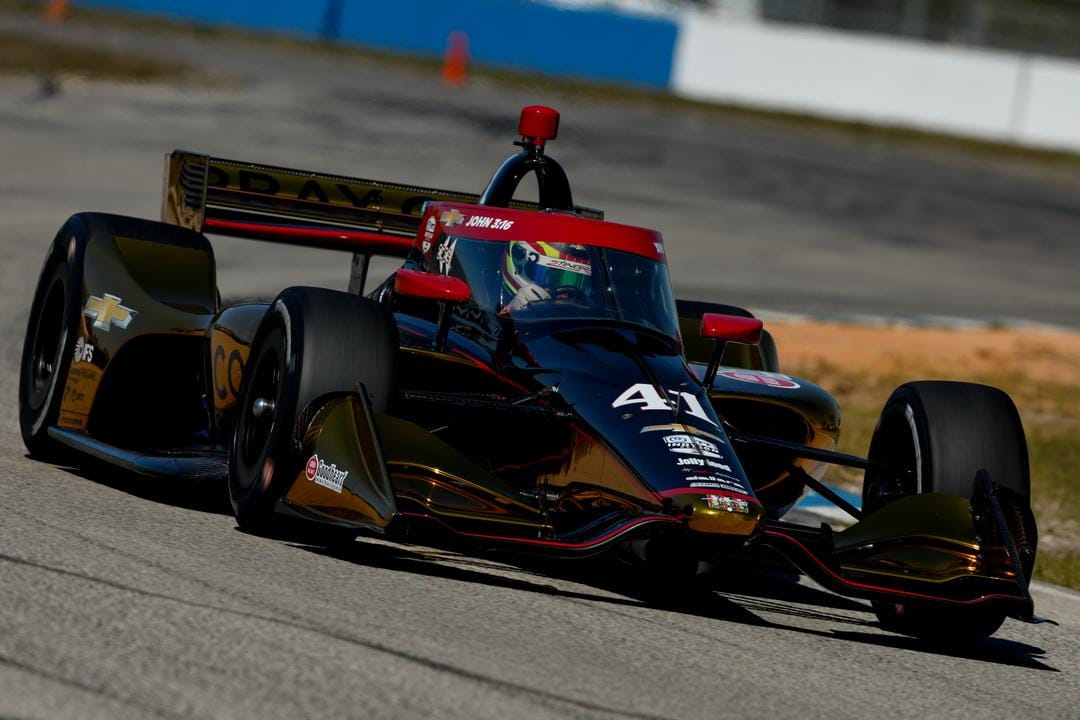
IndyCar has been doing its utmost to save weight ahead of the introduction of a hybrid unit packaged into its current car.
One of the key weight-saving refinements is the aeroscreen device, the frame of which is 7lbs lighter than the previous one, and is 3D printed using titanium.
The screen element of the device will also get an upgrade from the Indy road course in May, although it will only be used on road and street courses. It has new ducting to push air into the driver’s chest to improve a lack of cooling, something drivers have complained about.
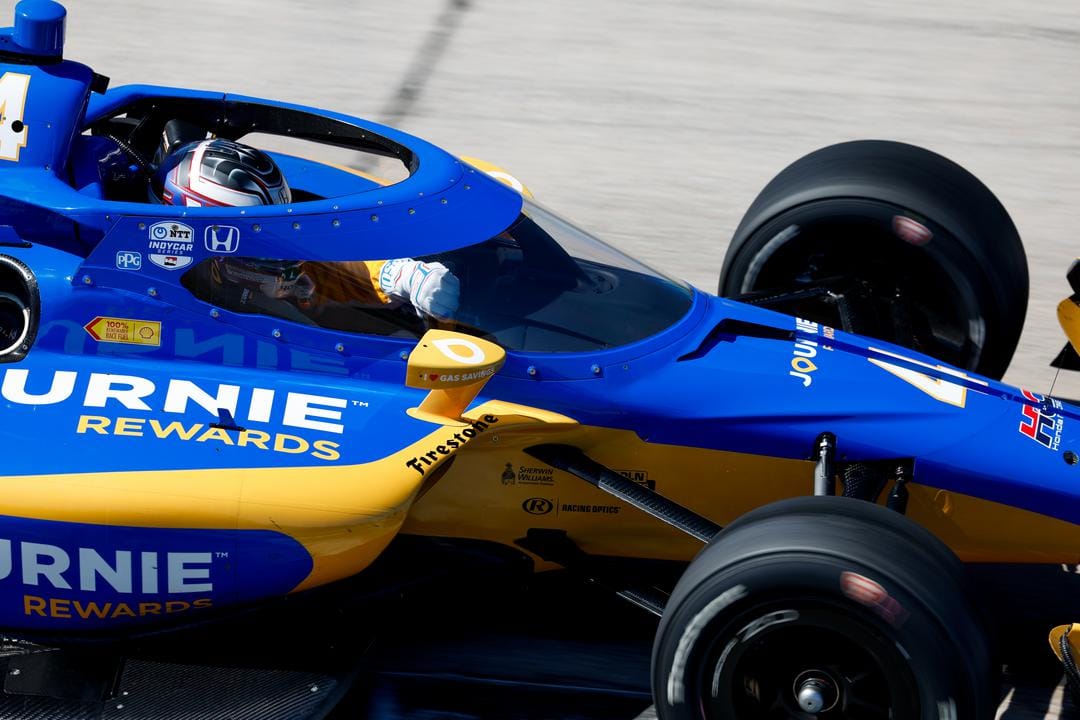
Elsewhere in the weight-saving campaign, a magnesium gearbox casing and belhousing - between the engine and gearbox - will save weight. It’s been repackaged for the hybrid to fit.
A big question about the hybrid has been over whether its regeneration would be manual, automatic or a mixture of both.
Drivers will be free to manually decide when the hybrid unit charges using regen, while on ovals teams will be able to do it manually or automatically, but the extra hybrid power must be deployed manually.
The new hybrid unit doesn’t use many heavy batteries like some series, it has a super capacitor which doesn’t store as much energy as most batteries but does allow powerful bursts, perfect for giving cars a significant horsepower boost like the push-to-pass system uses. It should produce an extra 100bhp all in all.
Elsewhere in the car, on ovals, a stronger front wheel bearing retaining nut matches a similar part introduced on the rear last year after a review into the Kyle Kirkwood/Felix Rosenqvist crash that led to Kirkwood’s wheel being launched into an Indy 500 car park.
There’s also a stronger retaining ring in the rear wheels, plus stronger rear uprights with a tether attached, rather than those tethers joining to the calliper studs. The brake rotors have had a refresh to improve cooling, too.
There’s also a small rear wing update aimed to distribute load better in the event of a crash.
Finally, there are some LEDs added to the top corners of the rear wing to improve visibility in the wet.
Rule changes for 2024
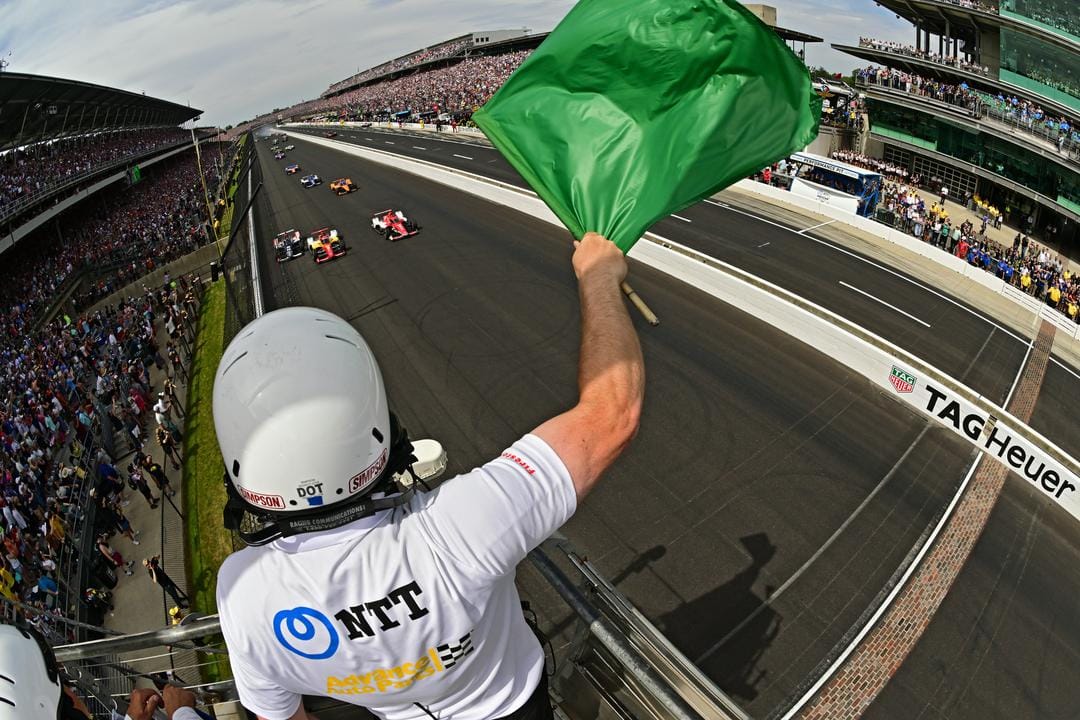
There aren’t a lot of these. One you may notice as a regular IndyCar fan is a new restart rule, where cars are no longer able to overtake until they reach a restart line. This has been introduced to stop cars diving into wild overtakes at the last corner further back in the pack, when the race has technically resumed but they haven’t reached the start/finish line yet.
This new line will be after the final corner but before the start/finish line. It should help avoid needless incidents but does remove an overtaking opportunity.
There’s also a new practice format specifically for St Petersburg where red flags in practices have been a burden.
There will be a 20-minute session for all cars, then the field will be split into two. Each group will get two 10-minute segments on an alternating basis. If there are red flags in these sessions, the clock will stop.



